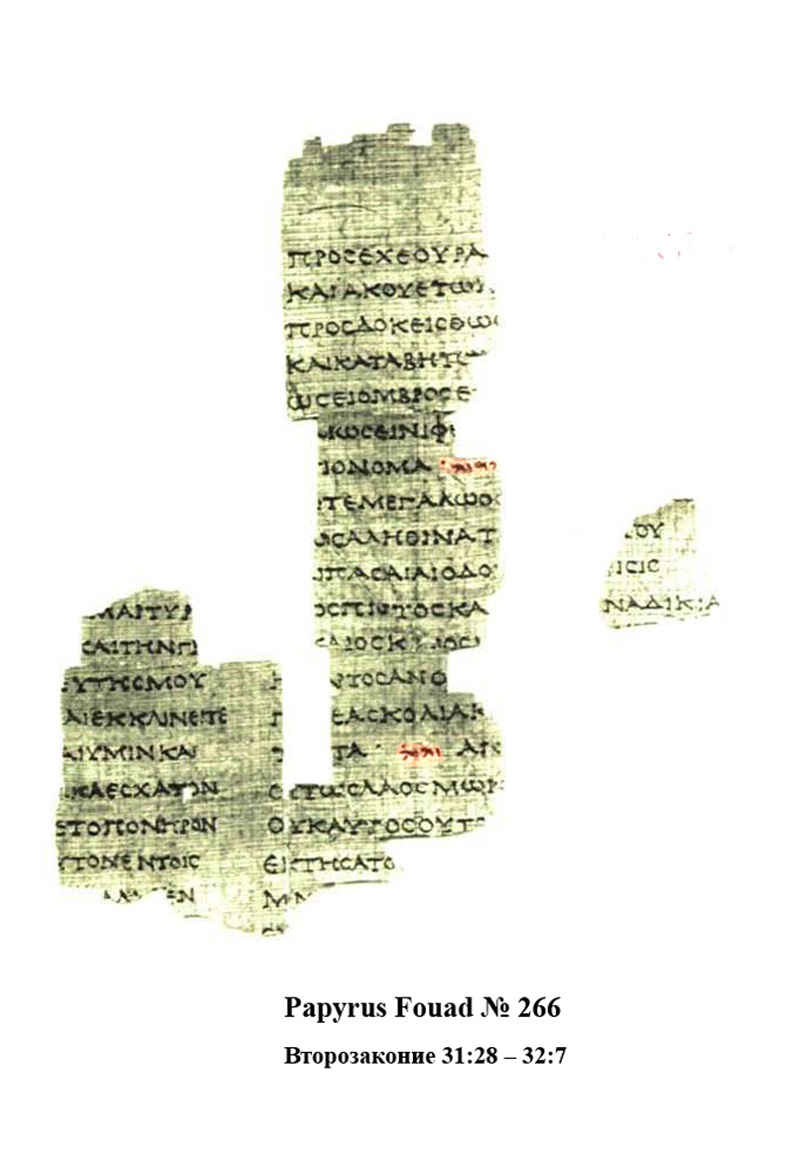|
Aniconism In Judaism
Aniconism in Judaism refers to the idea that Judaism forbids the creation of "graven images," commonly understood to mean the prohibition of idolatry and idol worship. While Judaism is a logocentric religion, Jews were not under a blanket ban on visual art, despite common assumptions to the contrary, and throughout Jewish history and the history of Jewish art, created architectural designs and decorations of synagogues, decorative funerary monuments, illuminated manuscripts, embroidery and other decorative or artistic religious items. In a refutation of the belief in an aniconic Judaism, and more generally in the underestimation of Jewish visual arts, modern secular historians believe that the phenomenon is a modern construction, and that "Jewish aniconism crystallized simultaneously with the construction of modern Jewish identities". According to current scholarship, the notion of a total prohibition of figural representation in the Biblical and Hellenistic-Roman periods is unte ... [...More Info...] [...Related Items...] OR: [Wikipedia] [Google] [Baidu] |
Hebrew Bible
The Hebrew Bible or Tanakh (;"Tanach" . '' Random House Webster's Unabridged Dictionary''. ; ; or ), also known in Hebrew as (; ), is the canonical collection of scriptures, comprising the Torah (the five Books of Moses), the Nevi'im (the Books of the Prophets), and the [...More Info...] [...Related Items...] OR: [Wikipedia] [Google] [Baidu] |
Kitzur Shulchan Aruch (book)
The ''Kitzur Shulchan Aruch'' () is a compendium of ''Halakha'' written by Rabbi Shlomo Ganzfried that summarizes the ''Shulchan Aruch''—mainly the sections "Orach Chayim" and "Yoreh De'ah"—and deals with the laws of daily life, prayer, Shabbat, fasting, marriage, holidays, and other facets of religious Judaism. The work was written in vernacular Hebrew, which made it easy for the layperson to understand and contributed to its popularity. Contents The work is a summary (or ''kitzur'') of the sixteenth-century ''Shulchan Aruch'' by Rabbi Joseph Caro and has references to later rabbinical commentaries. It focuses on the " Orach Chaim" and "Yoreh Deah" sections of the ''Shulchan Aruch''. It incorporates the ''Halakha'' of daily life, Shabbat, holidays, and other things. It is divided into 221 chapters (called ''simanim''). As the work was written for the laity, it is not as detailed as the ''Shulchan Aruch'' itself, while generally following the ''Shulchan Aruch''s structure ... [...More Info...] [...Related Items...] OR: [Wikipedia] [Google] [Baidu] |
Yoreh De'ah
''Yoreh De'ah'' () is a section of Rabbi Jacob ben Asher's compilation of halakha (Jewish law), the ''Arba'ah Turim'', written around 1300. This section treats all aspects of Jewish law not pertinent to the Hebrew calendar, finance, torts, marriage, divorce, or sexual conduct. (Nevertheless there exists occasional overlap other areas). ''Yoreh De'ah'' is therefore the most diversified area of Jewish law; see aside. Later, Rabbi Yosef Karo modeled the framework of his own compilation of practical Jewish law, the Shulchan Aruch, after the ''Arba'ah Turim.'' Many later commentators used this framework, as well. Thus, ''Yoreh De'ah'' in common usage may refer to the latter work. Ben Asher's ''Yoreh De'ah'' was also a key source for ''Ha-Agur'' (The Collection) by Jacob ben Judah Landau. See also *613 mitzvot *The other three sections of Arba'ah Turim and other works borrowing its organizational scheme are: **Orach Chayim **Choshen Mishpat **Even HaEzer References Rabb ... [...More Info...] [...Related Items...] OR: [Wikipedia] [Google] [Baidu] |
Shulkhan Aruch
The ''Shulhan Arukh'' ( ),, often called "the Code of Jewish Law", is the most widely consulted of the various legal codes in Rabbinic Judaism. It was authored in the city of Safed in what is now Israel by Joseph Karo in 1563 and published in Venice two years later. Together with its commentaries, it is the most widely accepted compilation of halakha or Jewish law ever written. The halachic rulings in the ''Shulhan Arukh'' generally follow Sephardic law and customs, whereas Ashkenazi Jews generally follow the halachic rulings of Moses Isserles, whose glosses to the ''Shulhan Aruch'' note where the Sephardic and Ashkenazi customs differ. These glosses are widely referred to as the ''mappā'' "tablecloth" to the "Set Table". Almost all published editions of the ''Shulchan Aruch'' include this gloss, and the term has come to denote both Karo's work as well as Isserles', with Karo usually referred to as "the ''Meḥabbēr''" (, "Author") and Isserles as "the Rema" (a Hebrew acronym of ... [...More Info...] [...Related Items...] OR: [Wikipedia] [Google] [Baidu] |
Halakha
''Halakha'' ( ; , ), also Romanization of Hebrew, transliterated as ''halacha'', ''halakhah'', and ''halocho'' ( ), is the collective body of Judaism, Jewish religious laws that are derived from the Torah, Written and Oral Torah. ''Halakha'' is based on biblical commandments (''Mitzvah, mitzvot''), subsequent Talmudic and Mitzvah#Rabbinic mitzvot, rabbinic laws, and the customs and traditions which were compiled in the many books such as the ''Shulchan Aruch'' or ''Mishneh Torah''. ''Halakha'' is often translated as "Jewish law", although a more literal translation might be "the way to behave" or "the way of walking". The word is derived from the Semitic root, root, which means "to behave" (also "to go" or "to walk"). ''Halakha'' not only guides religious practices and beliefs; it also guides numerous aspects of day-to-day life. Historically, widespread observance of the laws of the Torah is first in evidence beginning in the second century BCE, and some say that the first evide ... [...More Info...] [...Related Items...] OR: [Wikipedia] [Google] [Baidu] |
Dura Europos Fresco Jews Cross Red Sea
Dura may also refer to: Đura such as, for example, Đura Bajalović Geography * Dura language, a critically endangered language of Nepal * Dura, Africa, an ancient city and former bishopric, now a Catholic titular see * Dura-Europos, an ancient city located in modern-day Syria, founded in 303 BCE and abandoned in 256–257 CE * Dora, Baghdad, alternately transliterated "al-Dura", a neighborhood in the Rasheed administrative district in Southern Baghdad, Iraq * Dorrha, County Tipperary, Ireland, a civil parish (Irish name: ''Dura'') * Dura, Hebron, a Palestinian town in the southern West Bank located eleven kilometers southwest of Hebron in the Hebron Governorate * Dura, Manyas, a village in Turkey * Dura al-Qar', a Palestinian town in the Ramallah and al-Bireh Governorate * Cișmigiu Gardens, originally named "Lake of Dura the merchant", a public park near the center of Bucharest, Romania that surrounds an artificial lake Science * Dura mater, the outermost of the three ('hard', ... [...More Info...] [...Related Items...] OR: [Wikipedia] [Google] [Baidu] |
Cult Image
In the practice of religion, a cult image is a Cultural artifact, human-made object that is venerated or worshipped for the deity, Spirit (supernatural entity), spirit or Daimon, daemon that it embodies or represents. In several traditions, including the ancient religions of Ancient Egypt, Egypt, Ancient Greece, Greece and Rome, and Hinduism, cult images in a temple may undergo a daily routine of being washed, dressed, and having food left for them. Processions outside the temple on special feast days are often a feature. Religious images cover a wider range of all types of images made with a religious purpose, subject, or connection. In many contexts "cult image" specifically means the most important image in a temple, kept in an inner space, as opposed to what may be many other images decorating the temple. The term idol is an image or representation of a god used as an object of worship, while idolatry is the worship of an "idol" as though it were God. Ancient Near East and E ... [...More Info...] [...Related Items...] OR: [Wikipedia] [Google] [Baidu] |
Image Of God
The "image of God" (; ; ) is a concept and theological doctrine in Judaism and Christianity. It is a foundational aspect of Judeo-Christian belief with regard to the fundamental understanding of human nature. It stems from the primary text in Genesis 1:27, which reads (in the Authorized / King James Version): "So God created man in his ''own'' image, in the image of God created he him; male and female he created them." The exact meaning of the phrase has been debated for millennia. Following tradition, a number of Jewish scholars, such as Saadia Gaon and Philo, argued that being made in the image of God does not mean that God possesses human-like features, but rather the reverse: that the statement is figurative language for God bestowing special honour unto humankind, which he did not confer unto the rest of creation. The history of the Christian interpretation of the image of God has included three common lines of understanding: a substantive view locates the image of God in s ... [...More Info...] [...Related Items...] OR: [Wikipedia] [Google] [Baidu] |
Deuteronomy
Deuteronomy (; ) is the fifth book of the Torah (in Judaism), where it is called () which makes it the fifth book of the Hebrew Bible and Christian Old Testament. Chapters 1–30 of the book consist of three sermons or speeches delivered to the Israelites by Moses on the Plains of Moab, shortly before they enter the Promised Land. The first sermon recounts the Moses#The years in the wilderness, forty years of wilderness wanderings which had led to that moment and ends with an exhortation to observe the law. The second sermon reminds the Israelites of the need to follow Yahweh and the laws (or teachings) he has given them, on which their possession of the land depends. The third sermon offers the comfort that, even should the nation of Israel prove unfaithful and so lose the land, with repentance all can be restored. The final four chapters (31–34) contain the Song of Moses, the Blessing of Moses, and the narratives recounting the passing of the mantle of leadership from Mose ... [...More Info...] [...Related Items...] OR: [Wikipedia] [Google] [Baidu] |
Book Of Numbers
The Book of Numbers (from Biblical Greek, Greek Ἀριθμοί, ''Arithmoi'', , ''Bəmīḏbar'', ; ) is the fourth book of the Hebrew Bible and the fourth of five books of the Jewish Torah. The book has a long and complex history; its final form is possibly due to a Priestly source, Priestly redaction (i.e., editing) of a Yahwistic source made sometime in the early Yehud medinata, Persian period (5th century BC). The name of the book comes from the two censuses taken of the Israelites. Numbers is one of the better-preserved books of the Torah, Pentateuch. Fragments of the Ketef Hinnom scrolls containing verses from Numbers have been dated as far back as the late seventh or early sixth century BC. These verses are the earliest known artifacts to be found in the Hebrew Bible text. Numbers begins at Mount Sinai, where the Israelites have received their Covenant (biblical), laws and covenant from God in Judaism, God and God has taken up residence among them in the Tabernacle, san ... [...More Info...] [...Related Items...] OR: [Wikipedia] [Google] [Baidu] |





